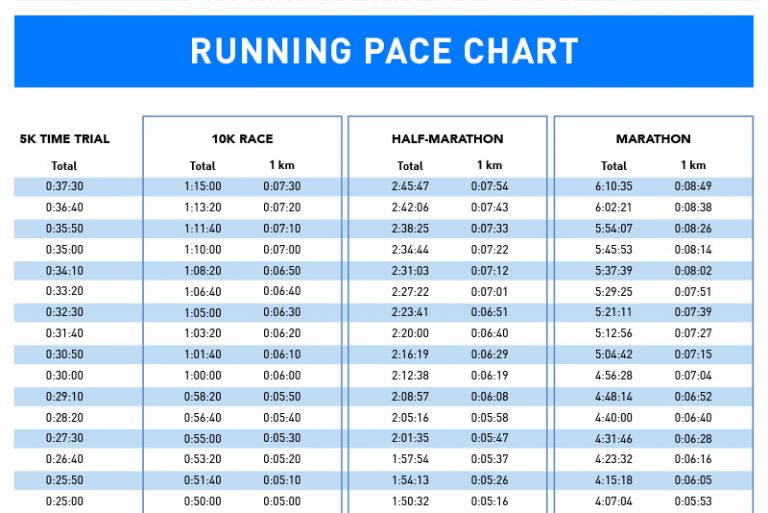

Data stored in bits are represented by 1's and 0's and can be combined with other bits to form useful files like texts, images, audio, or videos. When storing data, computers use what is called bits, an abbreviation of "binary digits." A bit can save either a yes or a no, black or white, and so on.

You might not set a new PR, but you’ll be ready to handle the distance (if you pace appropriately) and you’ll be able to savor the moment you cross the finish line.Computer file sizes vary depending on the amount of data or information a computer file stores. The combination of paces and workout types will get your body ready to run smooth, fast and efficiently, while making sure you don’t break down before you get to the start. Keep your efforts moderate - you don’t need to kill any one workout. This plan assumes that you’ve had some experience with speed workouts and are comfortable doing a workout like 6 x 800m or a steady run of 10–12 miles without getting unduly beat up. The plan includes all the elements of a successful marathon training program: long runs, tempo runs, fartleks, and a few speed workouts (Learn more about each type of workout and how they fit into your marathon training program in our Common Sense Coach video series). We’ve designed an 8-week marathon training plan ( download) aimed at getting you to the finish line with more aerobic fitness, strength, and speed than you have now. We’d normally suggest a 12- to 14-week plan for optimal marathon training, but if you don’t have that much time you can still improve your situation in the next two months. Yes, of course, assuming you’ve been active and running a bit since the fall. Is there still time to get in decent enough shape to finish it? Or maybe a friend just told you they’re going to run a marathon-and you should join them. Now you’re shocked to realize how close it is. It’s mid-winter and you haven’t really started training for the spring marathon you signed up for yet.


 0 kommentar(er)
0 kommentar(er)
